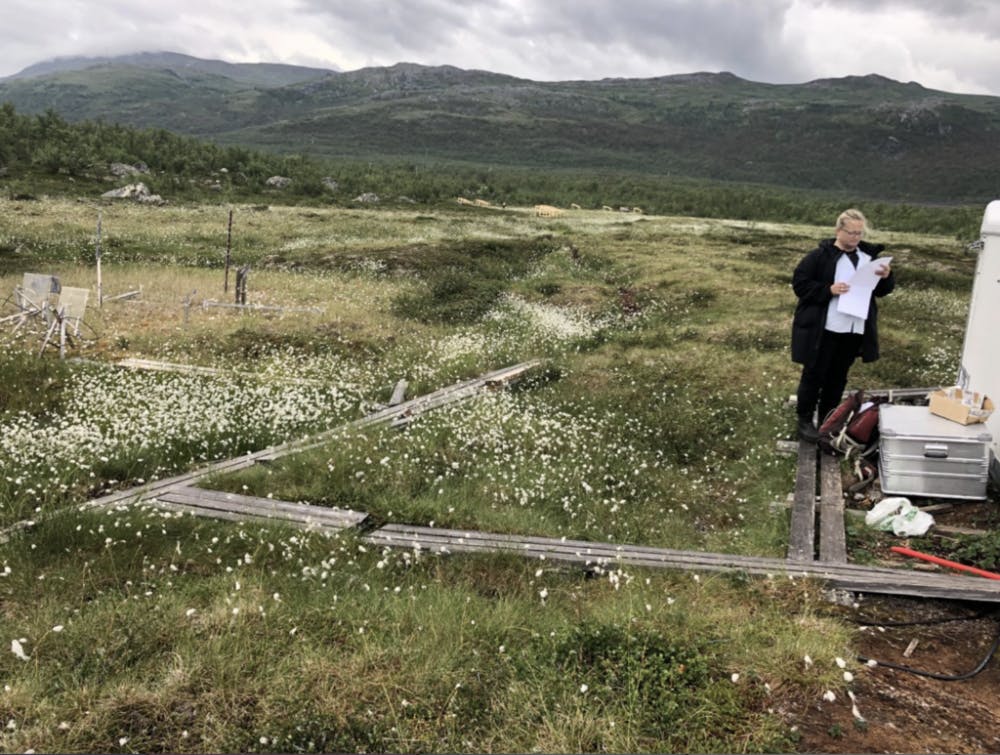The University of New Hampshire (UNH) received $260 million in grants and contracts this fiscal year. Among many programs, grants have gone to studies dealing with climate change and a program to guide lower-income students towards college.
Ruth Varner is a professor in the Department of Earth Sciences at UNH and has been studying the impact of climate change on permafrost in Sweden for the last 10 years as part of the Emergent Ecosystem Response to Change (EMERGE) project. EMERGE received $3.6 million in funding from the National Science Foundation.
“Because of the warming arctic we are seeing changes in these ecosystems,” said Varner. She explained these changes come about because the permafrost is melting which brings changes in vegetation and microbial communities living in the permafrost. Varner has witnessed the permafrost melting over the years and an increase in methane being released, which in turn contributes further to global warming.
Varner said the location was selected both because it has been monitored for over a hundred years, so the data can be compared easily to the past, and because it is located on the edge of the permafrost zone. This means that as the climate warms this area will be affected before others.
Closer to home, research is being done to prepare for climate change. Jo Sias is a professor of civil and environmental engineering at UNH, and is studying how to better adapt roads to the threat of flooding caused by a higher sea level. Sias said their research entails looking at different pavement materials and structures in order to find the most resistant materials for different conditions.
“The purpose of the NOAA (National Oceanic and Atmospheric Administration) project is really looking at how we can understand the impacts of not just extreme weather, so looking at effects of extreme events but also the more gradual long term effects of sea level rise,” said Sias.
This sea-level rise will pose a global problem for road infrastructure. “Everywhere along any coast there's going to be an issue,” said Sias. They added that in some cases the only available adaptation for the road will be retreat.
The project has received $2 million from NOAA.
Another $3.2 million in grants came from the Federal Department of Education to fund the Education Talent Search (ETS) program. Melissa Goyait, associate director of the program, explained ETS focuses on mentorship. Starting in 6th grade they mentor low-income and first-generation students all the way to 12th grade. The program allows students to explore careers and understand what they will need to do in order to get to college.
“Everything a kid could need in order to be successful in school, so that they have options to either go to either a two year or four year college,” said Goyait. The program also helps students with the costs of tests and other expenses.
While the program ends with high school, Goyait said mentors often stay in contact with their students through college. “We develop quite a relationship with kids starting with them in 6th grade,” said Goyait.
The program gathers students from 14 middle schools and 15 high schools around New Hampshire.
Goyait said despite it being a UNH program it is almost entirely funded through grants.
Photo courtesy of Scott Saleska.












